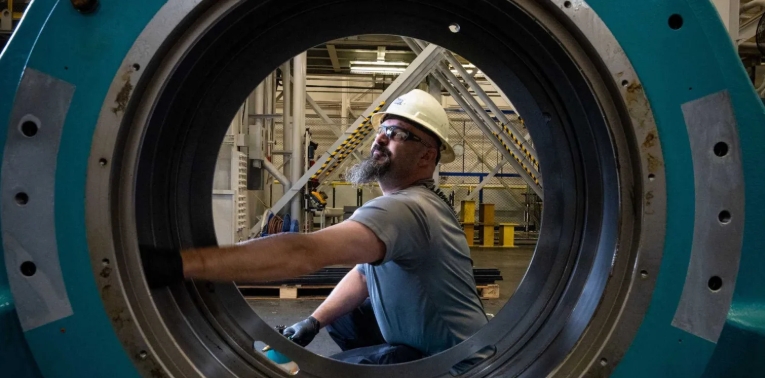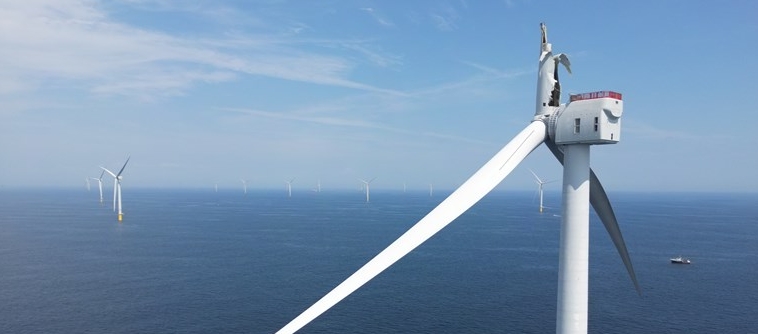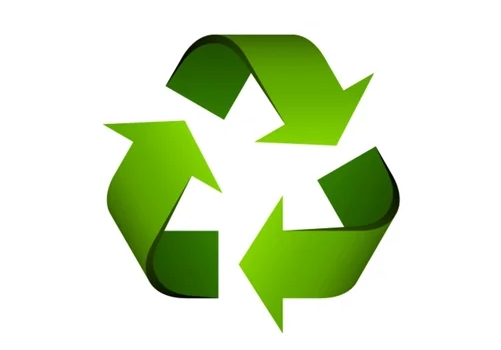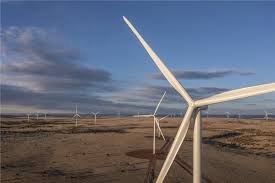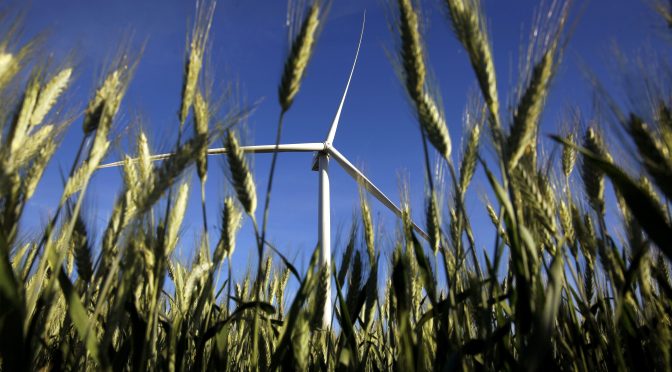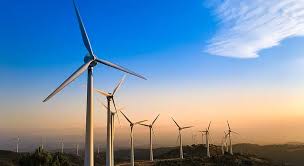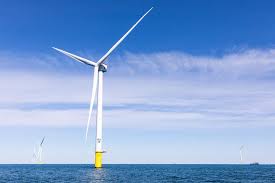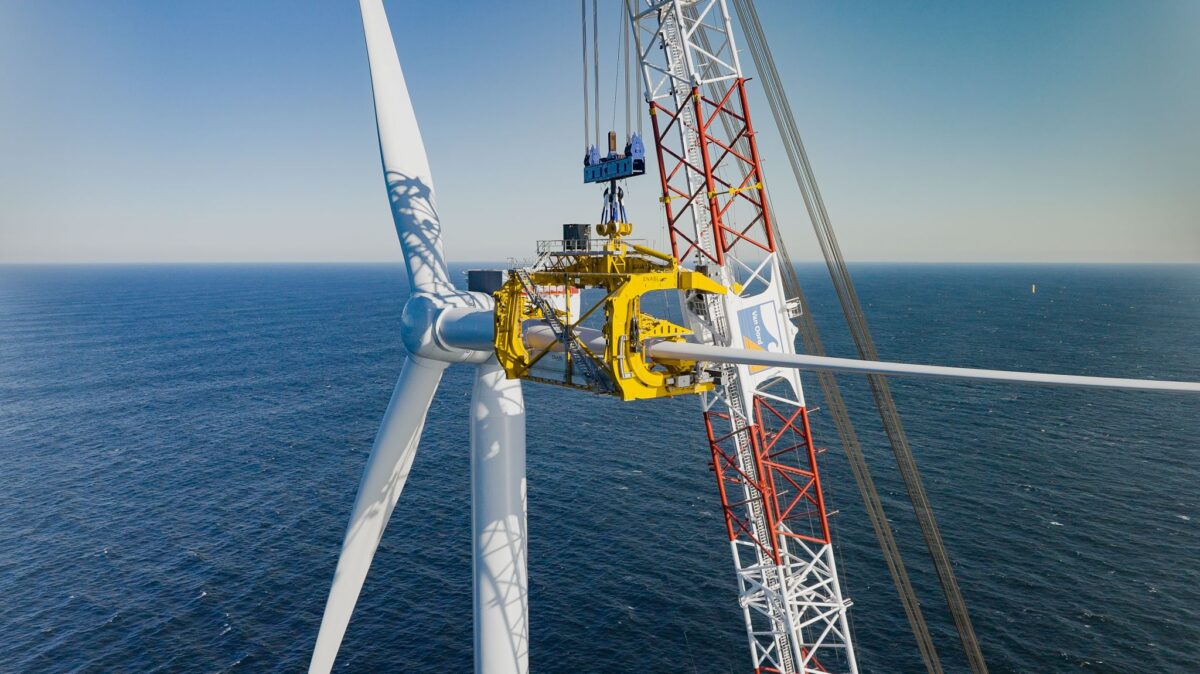 The first turbine is installed on South Fork Wind (Credit: Orsted)
The first turbine is installed on South Fork Wind (Credit: Orsted)The first offshore wind turbine for South Fork Wind has been successfully installed, a milestone for New York’s offshore wind development and what will likely be the first completed utility-scale wind farm in U.S. federal waters.
The 130-MW offshore wind farm – owned by Eversource and Ørsted – is meant to support the Climate Leadership and Community Protection Act goal to develop 9,000 MW of offshore wind by 2035.
The first of South Fork Wind’s 12 Siemens Gamesa wind turbine generators was hoisted into place by the offshore construction team at the project site 35 miles off Montauk, N.Y. Hundreds of U.S. workers and three Northeast ports have supported South Fork Wind’s construction. All 12 turbines are expected to be installed by the end of 2023 or early 2024.
Van Oord’s offshore installation vessel, the Aeolus, is installing the turbines. Turbine installation involves using a crane to place the steel turbine tower onto the foundation. The nacelle and rotor are then installed on top of the tower. Lastly, the blades are lifted and installed one by one by bolting them to the rotor.
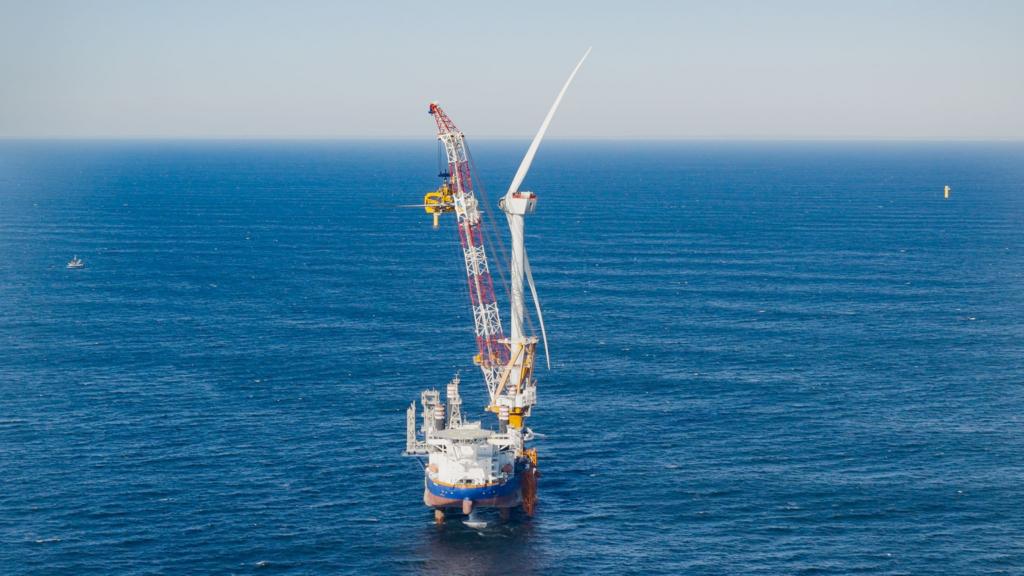
(Credit: Orsted)
“The installation of New York’s first offshore wind turbine represents concrete action transforming the Climate Act’s target of 9 GW of offshore wind by 2035 into reality,” Long Island Power Authority CEO Thomas Falcone said. “And LIPA is proud to be supporting this project on behalf of our 1.2 million customers on Long Island and in the Rockaways.”
First approved by the LIPA Board of Trustees in 2017, South Fork Wind began construction in February 2022. The wind farm reached its “steel in the water” milestone in June 2023 with the installation of the project’s first monopile foundation.
Earlier this year, Nexans, a cable and optical fiber company, announced the successful installation and site acceptance testing of the export cable for the South Fork Wind Farm – the first American-made subsea cable that connects a US offshore wind farm to the electricity grid.
Once in operation, South Fork Wind will be supported by U.S.-built crew transfer vessels and eventually by America’s first offshore wind Service Operations Vessel.
The U.S. offshore wind industry is facing cost challenges across the board, as utilities and developers alike pay the price to pull out of agreements.
Ørsted recently scrapped 2 offshore wind power projects in New Jersey, citing supply chain issues. Now, the company is trying to get out of a $300 million guarantee it agreed to pay New Jersey in the event it failed to build its first wind farm off the state’s coast.
Rhode Island Energy recently pulled out of its PPA with Ørsted and Eversource for the Revolution Wind 2 offshore project — citing higher interest rates, increased expenses and questionable federal tax credits — and concluding that the project had become uneconomical.
In July, Avangrid agreed to pay $48 million to pull out of a PPA with Eversource Energy, National Grid and Unitil for another offshore wind project, the 1,223 MW Commonwealth Wind located 20 miles south of Martha’s Vineyard. Rhode Island Energy, meanwhile, terminated its PPA with Ørsted and Eversource for the offshore wind farm Revolution Wind 2.
In total, the cancellations equate to nearly one-fifth of President Joe Biden’s goal of 30 GW of offshore wind power by 2030.
However, the U.S. offshore wind industry is making some headway despite the setbacks.
As Vineyard Wind and South Fork Wind sit on the precipice of delivering their first power to the grid, the pipeline of projects approved for construction has tripled in size, with more projects just weeks away from achieving final approval themselves. These findings are detailed in the Business Network for Offshore Wind’s U.S. Offshore Wind Quarterly Market Report, which documents key investments announced over the past three months, growth in state demand for offshore wind and notable policy advancements that drove the U.S. market forward between July and September 2023.
